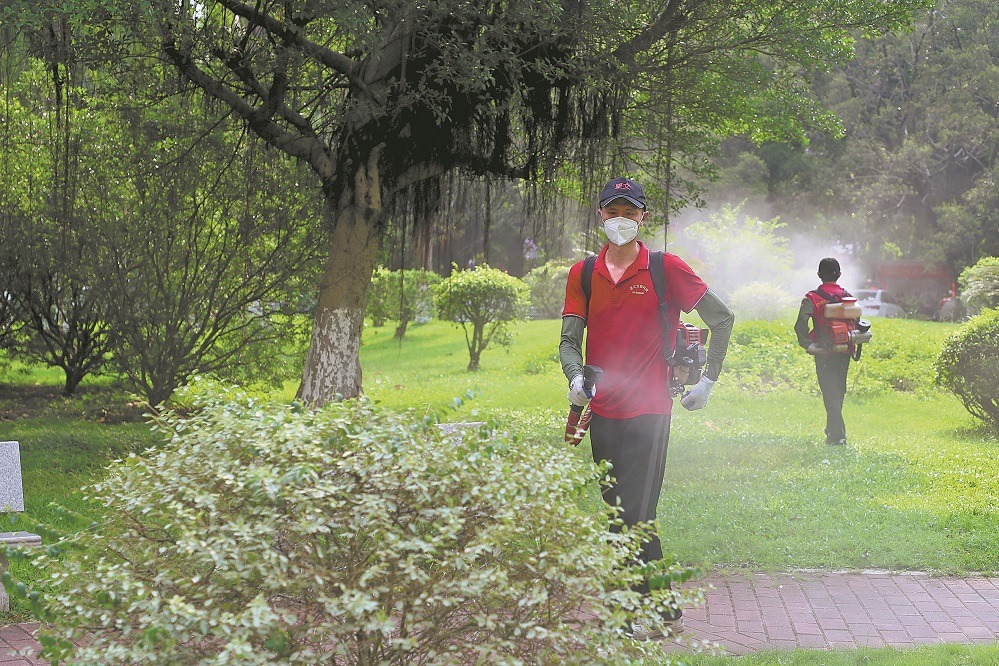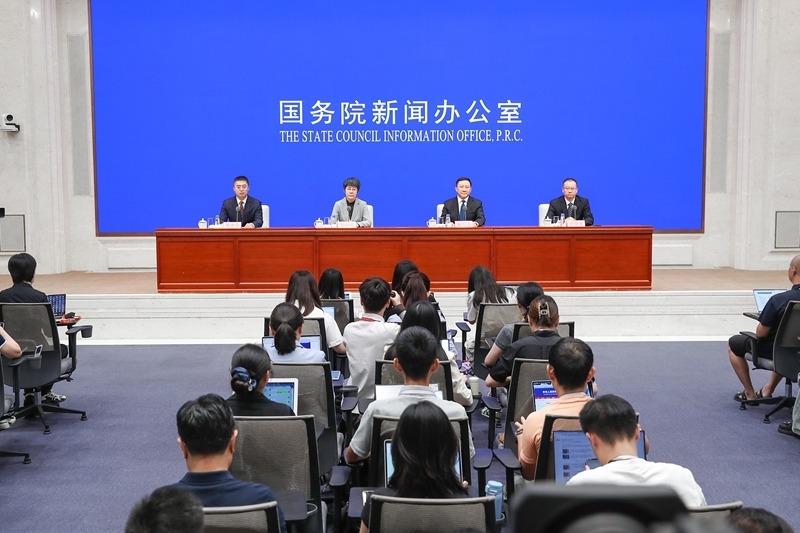Chikungunya battle requires long-term vigilance, say experts
While outbreak in Guangdong is unusual, health authorities wary of future surges of virus


According to the World Health Organization, an estimated 5.6 billion people across 119 countries are at risk of the virus, prompting the organization to issue a call for urgent action to curb its spread. The surge in chikungunya cases began in early 2025, with major outbreaks in Indian Ocean islands including La Reunion, Mayotte and Mauritius. The virus is now spreading to countries such as Madagascar, Somalia and Kenya, and has shown epidemic transmission in Southeast Asia, and India, the WHO said.
"The surge in chikungunya cases is likely due to favorable climatic conditions that allow blooms of the Aedes mosquito population. These are aggressive, day-biting mosquitoes that thrive in warm, wet conditions," said Robert Jones, assistant professor at the London School of Hygiene &Tropical Medicine.
This year's weather is particularly conducive to boosting mosquito breeding. "Multiple factors have amplified this outbreak, driving its scale to surpass that of infection clusters in the past," Liu said.
However, experts and authorities have stressed that chikungunya fever is preventable, treatable and controllable.
Duan Leilei, a researcher at the China CDC, said during a recent news conference that the disease spreads primarily through mosquito bites, with no evidence of human-to-human transmission.
According to the latest diagnosis and treatment guideline for the disease issued by the National Health Commission on July 31, there is no vaccine or specific treatment for the disease available in China, but severe cases, and related deaths are rare and infected individuals can develop long-lasting immunity against the disease.
Timely detection and treatment also help curb further spread of the infection, said Yan Haiming, a senior doctor in the infectious disease department at the First People's Hospital of Foshan. Muscle pain, fatigue and nausea are more common in people over age 65, and most patients' symptoms subside within about a week, he added.
- Mainland braces for Podul's 2nd landfall
- Chikungunya battle requires long-term vigilance, say experts
- New batch of Chinese internet satellites reaches orbit
- Search for missing boy ends in tragedy
- Fanjing Mountain strikes gold in balancing growth and nature
- Four years of excellence: Qingdao airport's journey to world-class status





































